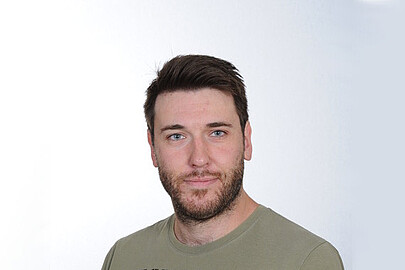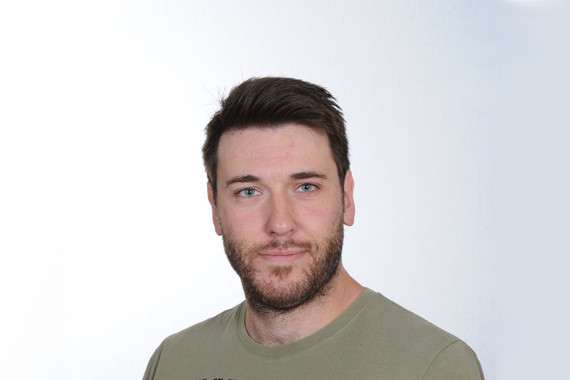

30167 Hannover


30167 Hannover
Who are you and what is the topic of your research group?
My name is Nenad Kralj and I lead a group focused on quantum optomechanics. The interaction between light and a mechanically compliant element is at the heart of interferometric measurements of small displacements and, as such, of interferometer-based gravitational wave detectors. My primary focus, however, is on tabletop systems designed to create and control quantum states of light and the mechanical object using this interaction. This encompasses cooling the mechanics to its quantum ground state and generating quantum entanglement between the two elements.
Which research question are you working on?
The system we are currently investigating comprises a thin membrane made out of SiN placed inside a Fabry-Pérot optical cavity. The first project we are working on is aimed at cooling one vibrational mode of this membrane to its ground state, starting from room temperature. This is extremely challenging because, for one, an increase in temperature (as compared to a cryogenic environment) implies that stronger optomechanical coupling is required. Moreover, the background thermal noises also become more relevant. Both of these reasons necessitate the use of very high-quality mechanical devices and optical cavities, and likely also system-specific noise minimization. The second project is the development of a quantum memory based on this system, the merits of which I will outline in my answers to the questions below.
What makes this topic special/exciting for you?
Ever since the advent of quantum mechanics, the elusive boundary between the quantum and classical “worlds” has piqued the researchers’ interest. I mean, to the best of our knowledge, we live in a world governed by quantum mechanics and yet, based on our everyday experience, we would never have guessed it. This is why I find observing distinctly quantum, and very often counter-intuitive, features in classical (i.e. “large”, visible to the naked eye) objects very exciting. From a more pragmatic standpoint, advances in the two projects I mentioned above would mark a milestone in the progress of quantum communication and quantum information processing.
How does your topic help to push the boundaries of what can be measured?
A long-lived quantum memory is the basic building block of a quantum repeater, which in turn is a prerequisite for long-distance quantum communication or, if you will, the quantum internet. Being able to do operations at the level of single quanta at room temperature would further facilitate the development of pertinent technologies, by removing the necessity of operating at cryogenic temperatures.
To be clear, these goals have to some extent already been reached in certain (distinct) optomechanical systems. However, the membrane-based system is characterised by both a long coherence time and a large degree of integrability, making it a powerful platform for achieving both goals simultaneously and with very good performance.
What is special about participating in the QuantumFrontiers cluster of excellence?
Being part of QuantumFrontiers gives me an opportunity to pursue my research interests in an open environment, rich with different expertise and ideas. I am excited to get more involved with gravitational wave detection (GWD), which is obviously a rapidly growing research field. I also expect to deepen my understanding of optomechanics, benefitting from at times a slightly different perspective prevalent in the “gravitational waves” community. Related to GWD is the development and stabilization of high-power lasers, but there is also expertise in optical clock networks and geodesy, to name a few. Overall, I’m hopeful to gain at least a bit of knowledge in these topics, expand my scientific network and make some friends along the way.






